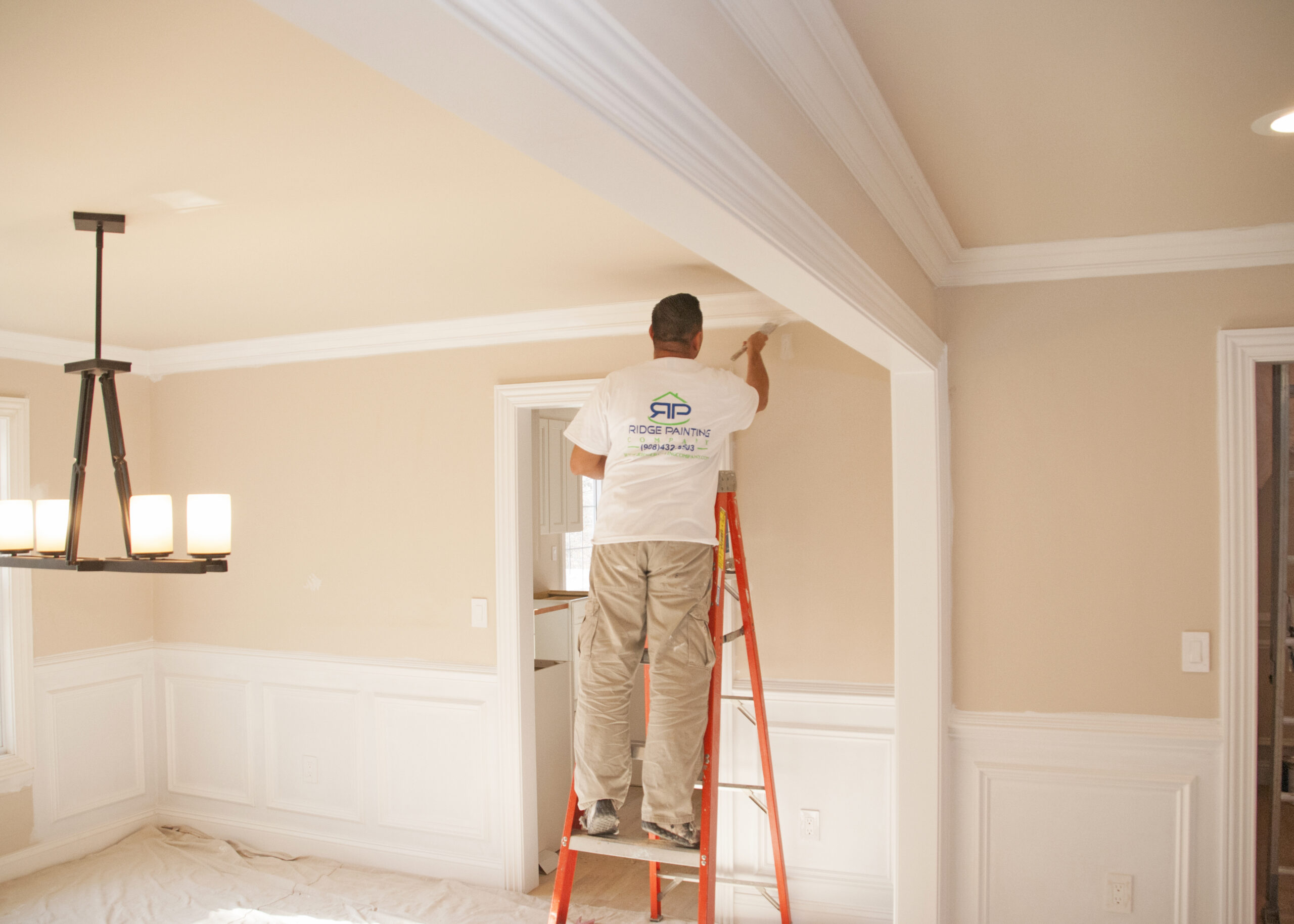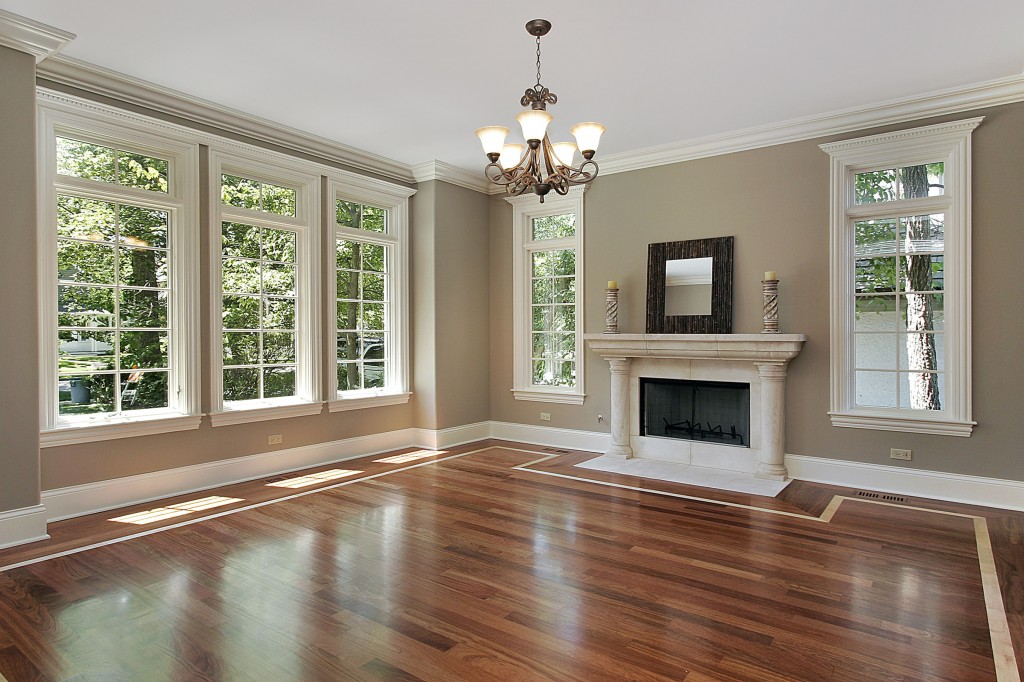Enhance Your Interior Design With Comprehensive Color Examination
The integration of shade assessment into indoor layout offers a special opportunity to fine-tune and boost the psychological and aesthetic resonance of an area. By engaging with a seasoned color specialist, you can navigate the intricacies of color choice, ensuring that your selections not just complement building features yet also resonate with individual style and mental effect.
Advantages of Color Examination

In addition, shade examination help in optimizing natural light and optimizing spatial perception. Lighter colors can make an area show up even more large, while darker tones develop an intimate setting. Cleveland Metro Painting Specialists. This critical application of shade can considerably affect the general ambiance of any type of indoor space
In addition, expert consultants have a thorough understanding of present patterns and classic standards, ensuring that the picked shades will stay appealing in time. This insight can save customers from pricey redesigns in the future. Lastly, color consultation empowers clients by giving them with a clear vision and direction, fostering confidence in their layout choices and inevitably causing a much more enjoyable and successful interior style outcome.
Understanding Shade Psychology
The importance of shade psychology in interior decoration can not be overstated, as it explores the emotional and emotional results that various shades can stimulate in people. Colors can affect state of mind, actions, and also performance, making them a critical factor to consider in any kind of layout project.
For example, cozy colors such as red, orange, and yellow are commonly related to power and heat. They can stimulate sensations of enjoyment and convenience, making them appropriate for social rooms like living rooms or kitchens. Alternatively, amazing shades like blue, green, and purple have a tendency to evoke peace and tranquility, making them suitable for bed rooms or reflection locations.
Furthermore, making use of neutral tones can develop a well balanced atmosphere by permitting the bolder shades to attract attention without overwhelming the senses. Recognizing these psychological influences makes it possible for developers to develop rooms that not only look aesthetically pleasing however also promote emotional wellness.
Integrating shade psychology right into interior decoration involves a thoughtful selection of hues tailored to the intended function of each area, eventually improving the general experience for its owners. This recognition is crucial for achieving a functional and harmonious indoor setting.
The Shade Wheel Explained
It makes up main colors-- red, blue, and yellow-- that can not be developed by blending other shades. Tertiary colors result from blending a main and a secondary shade, leading to colors such as blue-green and red-orange.
The shade wheel helps developers understand the connections between shades, including corresponding, analogous, and triadic systems. Complementary shades, positioned contrary each other on the wheel, develop dynamic contrasts that can energize an area. Analogous colors, situated beside one an additional, offer a natural and harmonious appearance. Triadic schemes utilize 3 evenly spaced shades, offering equilibrium and aesthetic rate of interest.
Using the shade wheel in interior style not just enhances aesthetic charm yet also evokes details feelings and atmospheres, making it a crucial recommendation for shade appointment. Understanding these connections eventually encourages developers to create spaces that are both aesthetically captivating and functional.
Picking the Right Combination
Commonly, selecting the right combination is a crucial element in attaining a successful interior decoration task. A well-chosen color system can combine an area, improve its functions, and evoke desired emotions. To begin, take into consideration the objective of the space. Various spaces next page offer varied features and call for schemes that mirror their desired usage; for example, serene shades such as soft blues or environment-friendlies work well in bedrooms, advertising leisure.
Next, consider the all-natural light readily available. Light can substantially modify exactly how colors show up, so it is important to examine the room at various times of the day. Furthermore, consider existing building aspects and furnishings. An unified combination should enhance these functions, creating a natural look throughout the room.
When picking colors, make use of the 60-30-10 guideline, link which recommends that 60% of the space need to be a dominant shade, 30% a secondary color, and 10% an accent color. This proportion makes sure equilibrium and visual passion (Cleveland Metro Painting Specialists). Lastly, example shades on the wall surfaces prior to devoting, as this allows you to see just how the hues connect with each other and the general ambiance they produce in your interior decoration project.
Functioning With a Shade Specialist

When collaborating with a shade expert, the procedure normally starts with a preliminary examination. During this meeting, you'll discuss your vision, choices, and the existing components in your area. The expert will evaluate your needs and might advise certain color palettes that align with your objectives.
After developing a direction, the consultant will give examples and visual help to aid you imagine the suggested color systems. This action is important, as colors can show up in different ways under differing lighting problems.
Furthermore, a color professional can assist you in choosing corresponding home furnishings, artwork, and devices to balance with your chosen combination. By collaborating very closely, you can accomplish a refined visual that elevates your insides and creates an inviting atmosphere. Eventually, the proficiency of a shade professional can substantially enhance the overall influence of your design project.
Final Thought
In summary, detailed shade assessment acts as an essential device for boosting interior decoration. By leveraging professional expertise of color psychology and spatial characteristics, a tailored color scheme can be developed to stimulate specific emotions and develop a harmonious atmosphere. This critical method not just fosters a cohesive style story but likewise minimizes the risk of costly redesigns. Eventually, involving with a shade specialist makes certain an informed and visually pleasing result, boosting the total experience of the space.
By involving with an experienced shade professional, you can browse the intricacies of shade option, making certain that your choices not just enhance building attributes yet additionally reverberate with individual design and emotional effect. It makes up main shades-- red, blue, and yellow-- that can not be produced by mixing other colors.The shade wheel aids developers realize the partnerships in between colors, including complementary, analogous, and triadic systems.When picking shades, use the 60-30-10 guideline, which suggests that 60% of the space need to be a leading shade, 30% an additional color, and 10% an accent shade. By leveraging specialist understanding of color psychology visit this site and spatial dynamics, a customized shade combination can be developed to stimulate details feelings and create an unified setting.